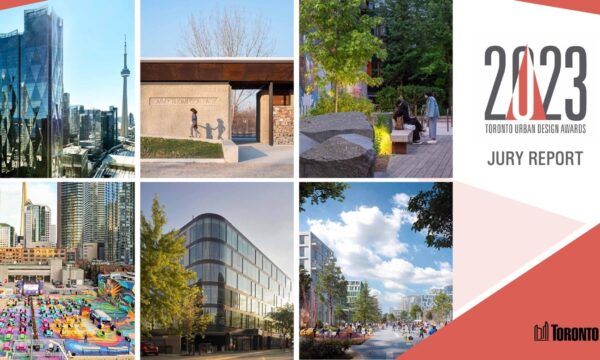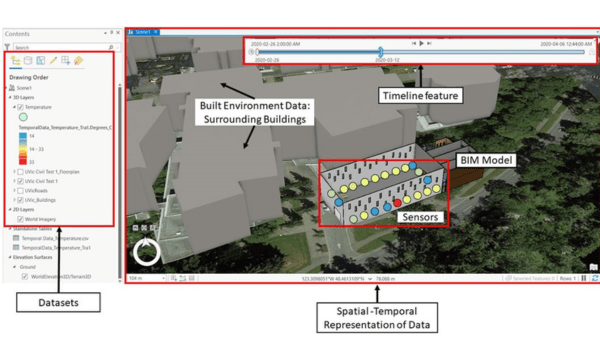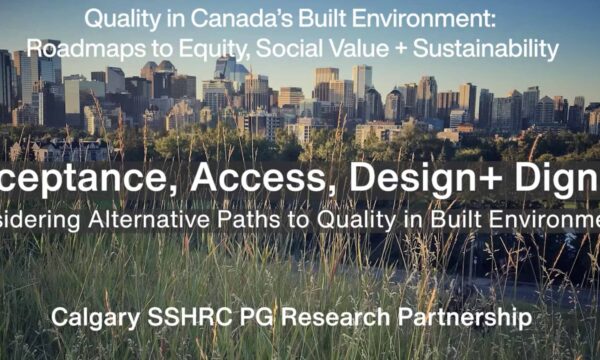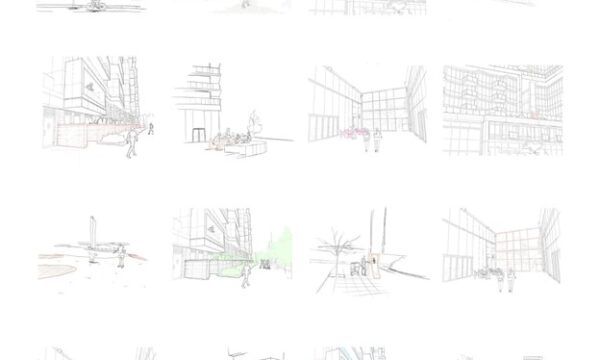In our search for indicators of livability for the aging population in Montreal, we have been conducting focus groups in various semi-autonomous residences in the city. Whereas the interview questions may be the same, each site offers a new angle for what constitutes quality in the built environment for the elderly by highlighting site-specific issues.
Our first interview site, la Cité des Bâtisseurs, is situated in a historically industrial neighborhood undergoing quick gentrification, and its very existence is a reaction to this gentrification. Confronted with the prospect of displacement, the elders council of Pointe-St-Charles mobilized to claim their right to their neighborhood by finding the location and funding of a new residence. Their efforts and contributions are proportional to the immense pride and sense of well-being that their new living space provides to them, thus highlighting the importance of the community engagement aspect as a quality indicator.
A second elderly residence, Rivière-des-Prairies, is located on the banks of the river of the same name and in a green neighborhood with beautiful parks. However, public transportation services have been removed from their area, effectively isolating them within the residence. Whereas they enjoy the peacefulness and beauty of the surrounding greenery, they are limited in their ability to actively engage with it. On the one hand the existing infrastructure is not adapted for the elderly, and on the other, the surrounding green spaces are not developed.
To learn more about the research site led by Concordia University in Montreal, click here.



